Gardening
/Home & Leisure

The Greener View: Last-Minute Gardener Gifts
We are down to the last week of shopping for Christmas presents. I have a few last-minute gift ideas that you can still get by shopping locally.
Create a basic gardener's gift package and add more items as you find them. Start with a pair of gardening gloves, as gardeners are always looking for a dry and clean pair. A useful tool is a small ...Read more

The Greener View: Gardening Books Galore
Sticking with last week's theme of books that are good for gardeners, here are a few more.
A lot of people are moving to the Southwest from Northern states. Gardening is different down there, to say the least. I visited family in Arizona this year, so I bought "Dry Climate Gardening" by Noelle Johnson. It is a great read and reference for ...Read more

The Greener View: Good Gardening Doesn't Stop as You Get Older
Are you an aging-in-place gardener? You know the type -- people like my 91-year-old mother who is still growing tomatoes and other vegetables, summer flower pots on the porch, and houseplants galore. She is not quite as active as she used to be, and she has downsized some of the garden.
Or are you a gardener who is getting arthritis? My ...Read more
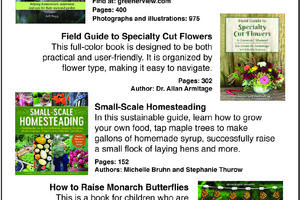
The Greener View: Good Garden Books
You know, sometimes the internet is just not the best place to get information (in spite of the fact that you might be reading this article on the internet). Actual, real books written by actual, real expert people with real experience in real life (not just a bunch of clicks) can be at your beck and call 24/7 sitting right next to you on your ...Read more

The Greener View: Ice-Melting Products for the Landscape
Q: It looks like winter is coming next week, and I need to get some ice-melting granules. My area gets a few ice storms each winter. We get a little snow too, but that usually melts off quickly. My concern is getting rid of the ice. I was told that I could use lawn fertilizer to melt the ice and it would then fertilize the grass nest to the ...Read more

The Greener View: Amaryllis Care for Bigger Bulbs and More Flowers
Q: I have tried growing amaryllis bulbs, and they seem to grow smaller each year. I buy a big bulb that has two or even three flower stalks with four or five flowers on each one. Then the next year, it will grow only one flower stalk and two or three flowers. I see the bulbs are again available in the stores. I want to try again, but what am I ...Read more
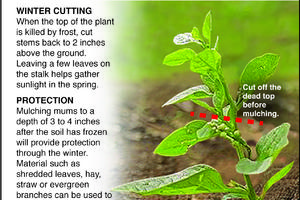
The Greener View: Keeping Fall Chrysanthemums Another Year
Q: I have three potted mums on my porch. The flowers are fading, and I am wondering what to do with them next. They were expensive, and I would like to keep them until next year. I have a place in the back of my vegetable garden where I could bury the pots until next spring. What do I do with them in the spring?
A: Some potted mums are not ...Read more

The Greener View: Pumpkin Substitutes
Q: I have a neighbor who says she gets a better "pumpkin" pie by using butternut squash. My squash vines grew a lot of fruit this year, and I was planning on storing some for the winter. I have had trouble getting pumpkins to grow in my garden, but the squash almost always produce a lot. If she is right, I may stop trying to grow pumpkins and ...Read more

The Greener View: Watering Houseplants
Q: I brought my houseplants indoors for the winter, and I have saucers under the pots. When I water some of the plants, water immediately flushes out of the pots and overflows the saucers. When the plants were outdoors, I used a garden hose to water them, and I never gave a thought to water flooding out of the pots. In fact, there weren't any ...Read more
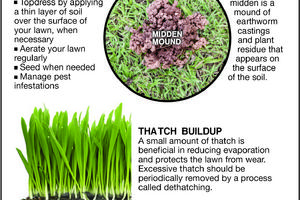
The Greener View: Cures for Lumpy Lawns
Q: My lawn is getting lumpy, for lack of a better word. It is mostly shady, but I don't think it is tree roots. There are grass plants and bare spots plus little worm dirt piles. What would be a good way to smooth it out? It is getting hard to mow and to walk on.
A: There are several causes of lumpy lawns, and you hit on two common ones. Lawns ...Read more
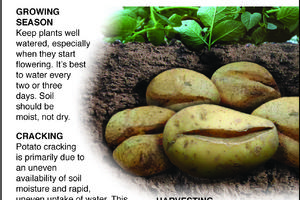
The Greener View: Fall Vegetable Garden Questions
Q: Help! I planted my tomato plants late, and then we had a lot of hot, dry weather, so there were no tomatoes. Now there are dozens of green tomatoes, but our average first fall frost is coming soon, so I think that many of the tomatoes are still going to be green when the frost comes. Can I cover the plants? Can I spray water on them like in ...Read more
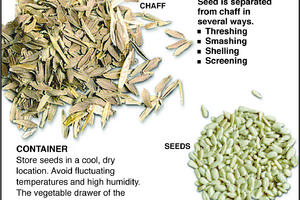
The Greener View: Saving Garden Seeds
Q: When I was a kid, my mom and the neighbor ladies would gather seeds from the marigolds and other plants. They spent the afternoon doing something to them, and then in the spring, they replanted them with great success. I want to do that with my daughters; what do I need to do?
A: I hope your daughters have as great of memories of gardening ...Read more
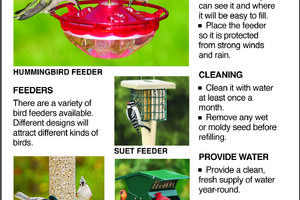
The Greener View: Fall Bird Feeders and Bulbs
Q: For the past month, we have had several hummingbirds using our feeder. It hangs in front of my office window, and I notice them all day long. Yesterday, there was only one. I assume they are leaving for migration. How long should I leave the feeder up? I don't want to have them not migrate because the feeder is up.
A: This is a common ...Read more






